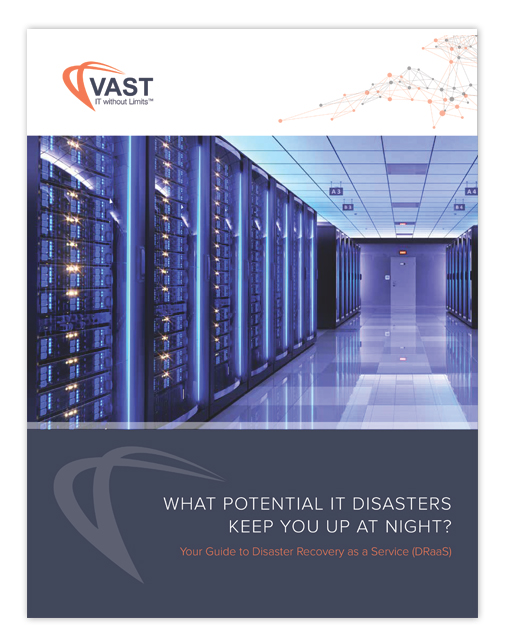
by VAST | May 13, 2025 | Cloud Adoption and Migration, Cloud Migration, Cloud Planning, VAST View
Companies typically migrate to the cloud to address evolving business requirements that are difficult to meet with an on-premises IT environment. Organizations leverage the flexibility, scalability, and advanced technology from cloud service providers (CSPs) to...

by VAST | Feb 6, 2023 | Cloud, Cloud Adoption and Migration, Cloud Management, Cloud Planning
CRN, a media brand of The Channel Company, is a trusted source for information technology (IT) related news and analysis. The company recently published a list of what it considers to be the 100 coolest cloud computing companies of 2023. This compilation covers...

by VAST | Nov 8, 2021 | Cloud Adoption and Migration
Since the COVID-19 pandemic crisis, cloud adoption now stands at an all-time high. The dramatic shift to remote work standards created an urgent need for businesses to maintain operations through the cloud. But the question that continues to puzzle businesses is how...

by VAST | May 5, 2021 | Cloud, Cloud Adoption and Migration
By this point, most companies have become familiar with cloud and included it as an integral component of their IT strategy. Despite their increased experience with cloud, many companies continue to face challenges that prevent them from gaining the maximum benefit...

by Michael Boehl | Oct 21, 2019 | Amazon Web Services, Cloud Adoption and Migration, Cloud Management, Cloud Migration, Cost Optimization, Hybrid Cloud, Microsoft Azure, Multi-Cloud, Orchestration, Security, VAST View
Multi-cloud has become a fact of life in today’s era. More than 90% of organizations use public cloud, and more than 80% have multi-cloud environments. On average, organizations use 4.8 clouds, with enterprises running 32% of workloads in public cloud and 45% in...

by Michael Boehl | Aug 27, 2019 | Cloud Adoption and Migration, Cloud Management, Cloud Migration
Every business eventually needs to deal with the challenge of legacy IT. Outdated systems can’t be updated to meet the new demands of the business and customers, doesn’t receive sufficient support from vendors, and is hard for internal IT staff to maintain. ...









